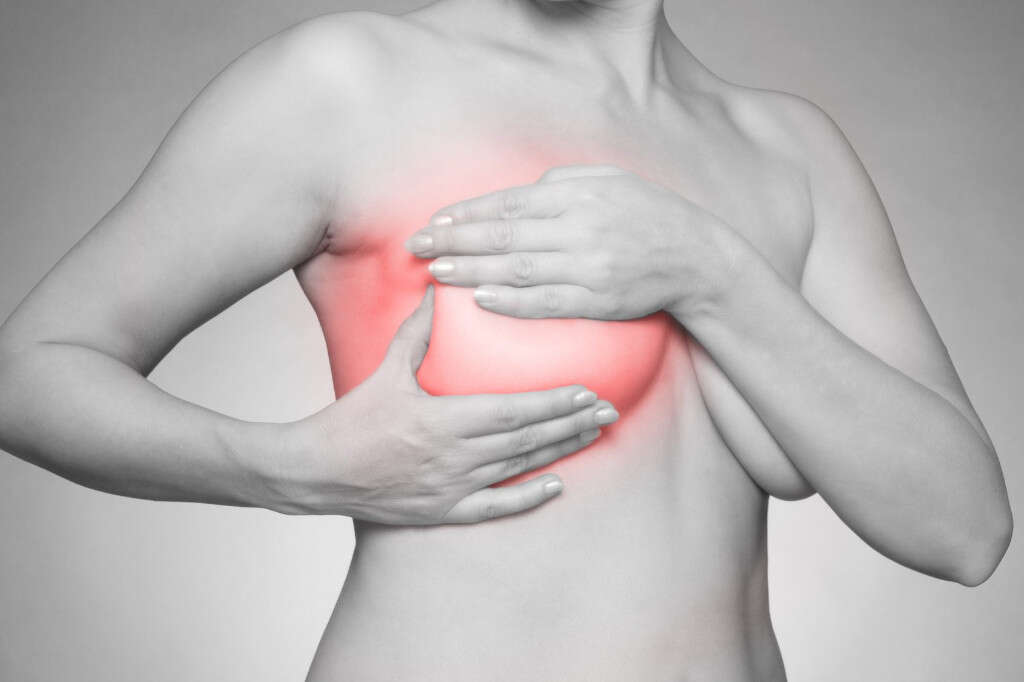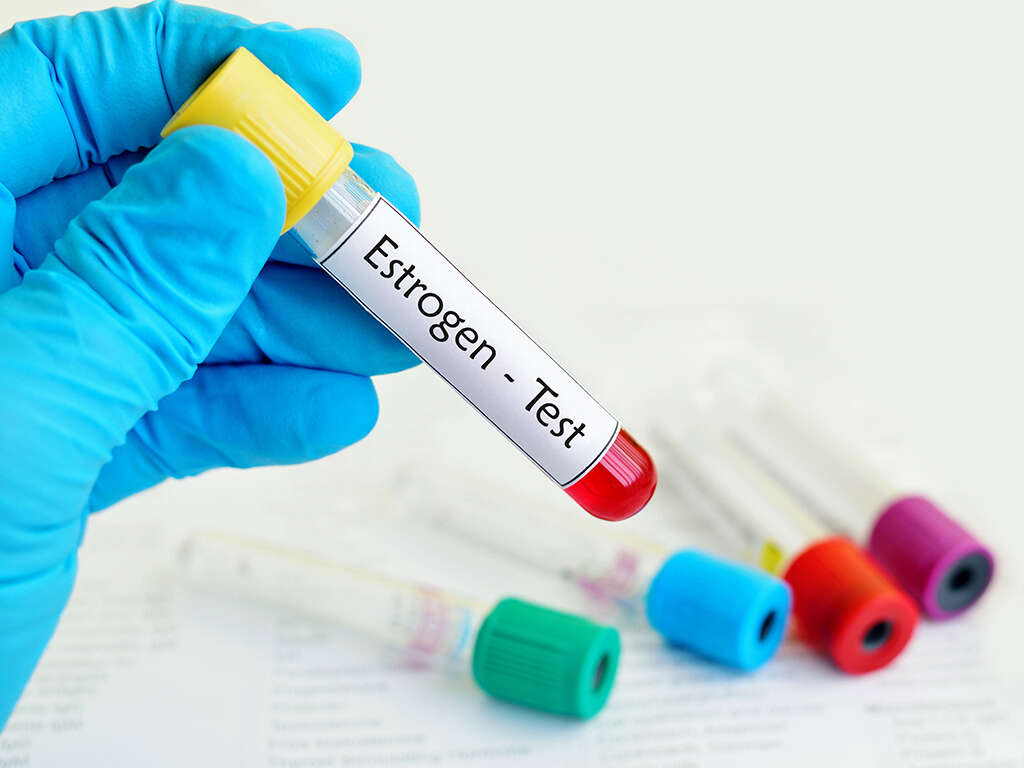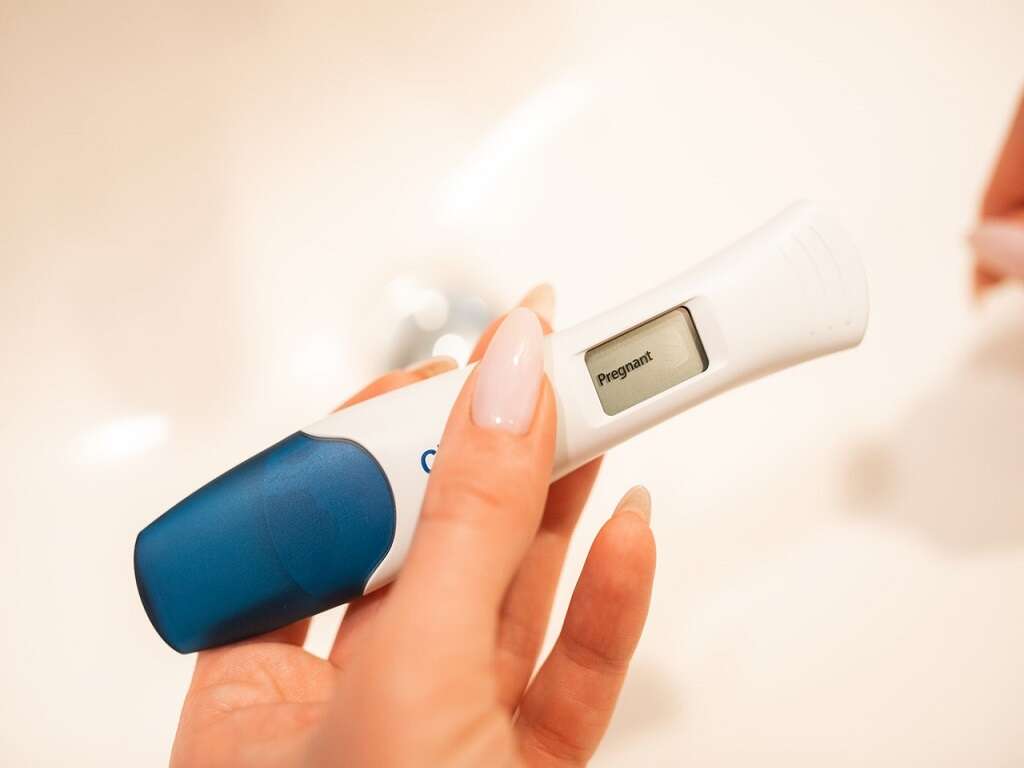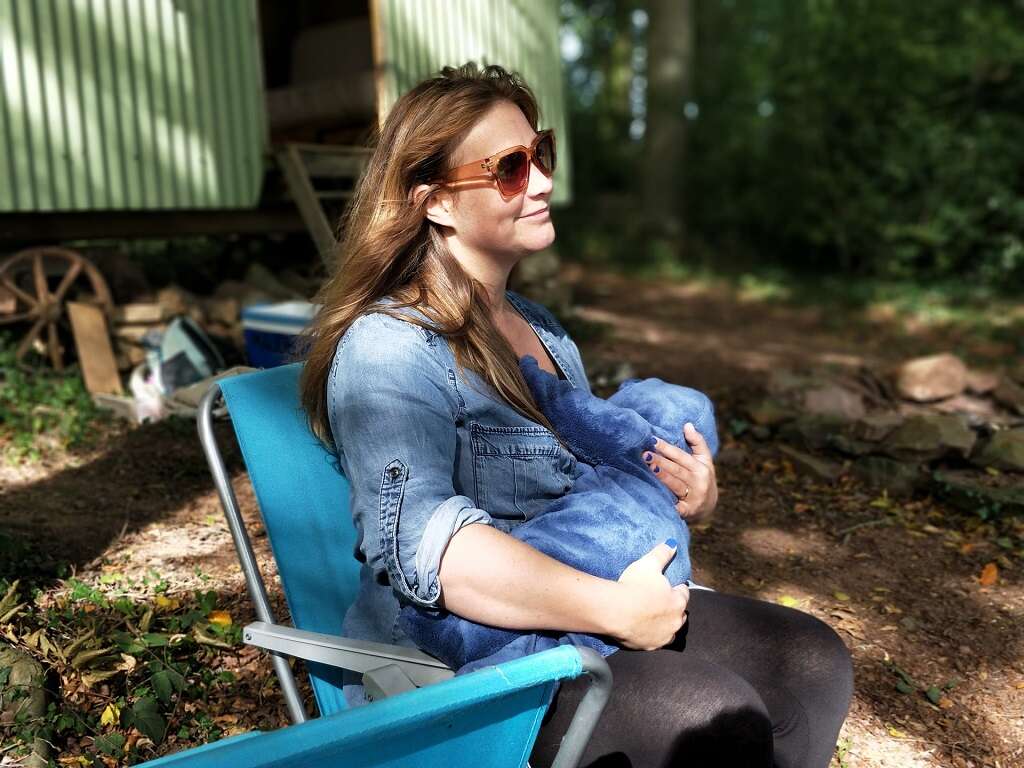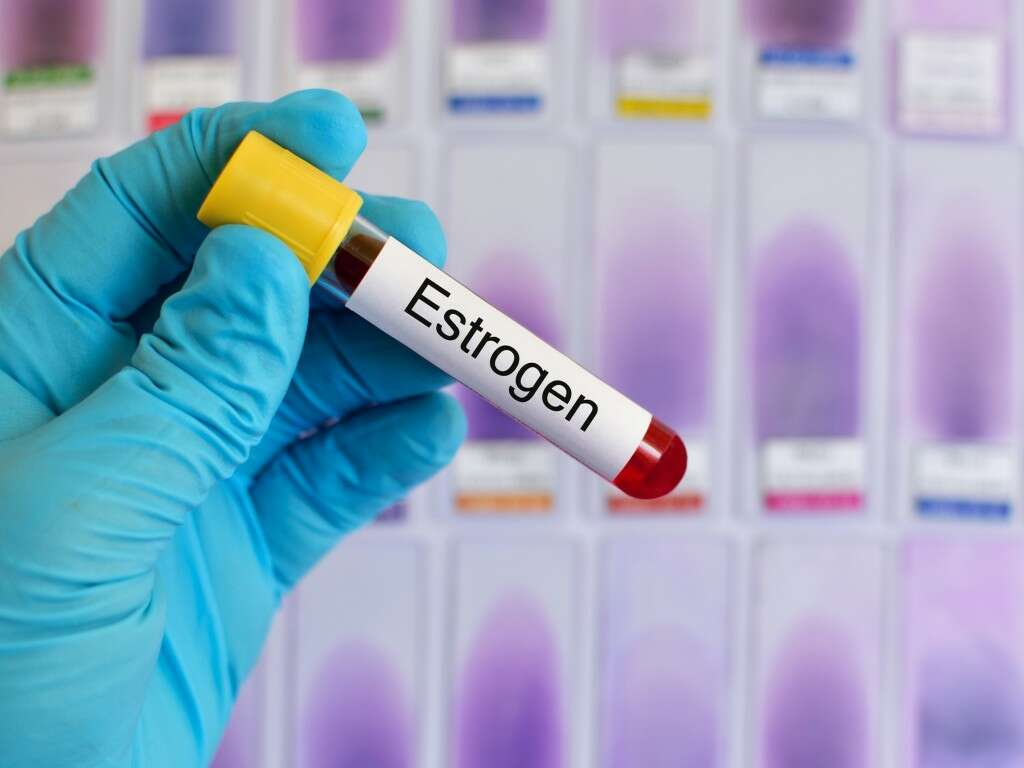10 Mastitis Symptoms
Mastitis is an unpleasant condition that tends to affect women who are nursing their babies. Many women report a number of uncomfortable and painful symptoms that emerge when they are experiencing mastitis, and many women report that symptoms emerge when there are changes to their baby’s feeding routine. It can occur if there is too much milk present in the mammary glands or if it’s not being utilized properly. The term mastitis literally means inflammation of the breast, and the symptoms and related experience can be summarily described as coming from this inflammation.
It’s not only women who are breastfeeding who can develop mastitis. Nor does every woman who experiences mastitis have an infection. If a woman is pregnant, then there are two main things that can contribute to mastitis. The first is a clogged milk duct, which can occur when the milk that the woman is producing is not being excreted properly. The second cause is an infection—mastitis can be a result of a bacterial infection if a pathogen is able to make its way into the milk duct. Women who are between 21 and 35 are more likely to develop mastitis than other women, and women who have previously struggled with the condition are more likely to develop it again. Furthermore, there is some evidence that women who work full-time are more likely to develop mastitis because there is a longer duration between the times that they are able to breastfeed their babies.
Regardless of the cause, the symptoms are generally similar at first: swelling, intense pain, and discoloration of the breast. Symptoms can continue to become more and more serious if the condition is not identified and properly dealt with. Fortunately, it is rarely so serious as to require hospitalization — help from a lactation consultant, a hot shower/moist heat and massaging the area, or consultation from a doctor is usually enough to clear up the issue. Medication may be necessary. Many people have even reported success using natural antibiotics and similar supplements to help their body process the issue. If you’re worried about whether or not you’ve developed mastitis, then reading this list of symptoms can help you to determine whether or not further action is necessary.
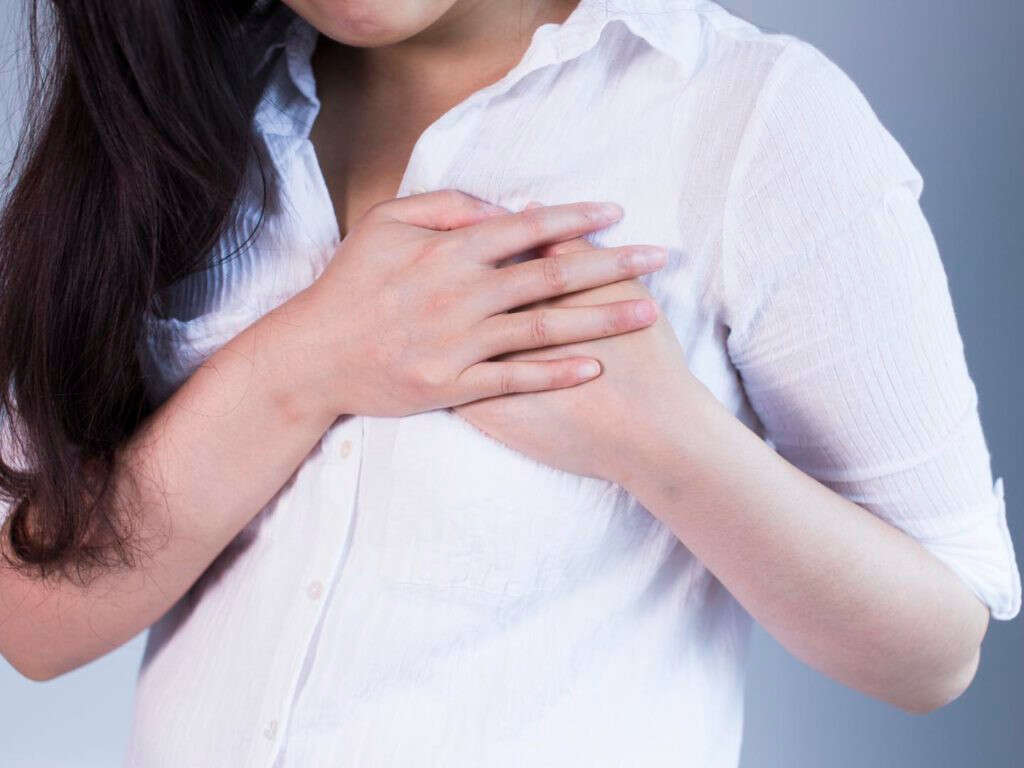
Symptom #1: Pain in the Breast
One of the most common and bothersome symptoms of mastitis is pain in the breast. This pain can occur during the time that a woman is breastfeeding, but it can also be pervasive and continue to bother them when they are not breastfeeding.
Some women have described this pain as being more intense than that of childbirth. However, this certainly isn’t the case for all patients with mastitis. Levels of pain can vary depending on the degree of infection or the severity of the blockage.
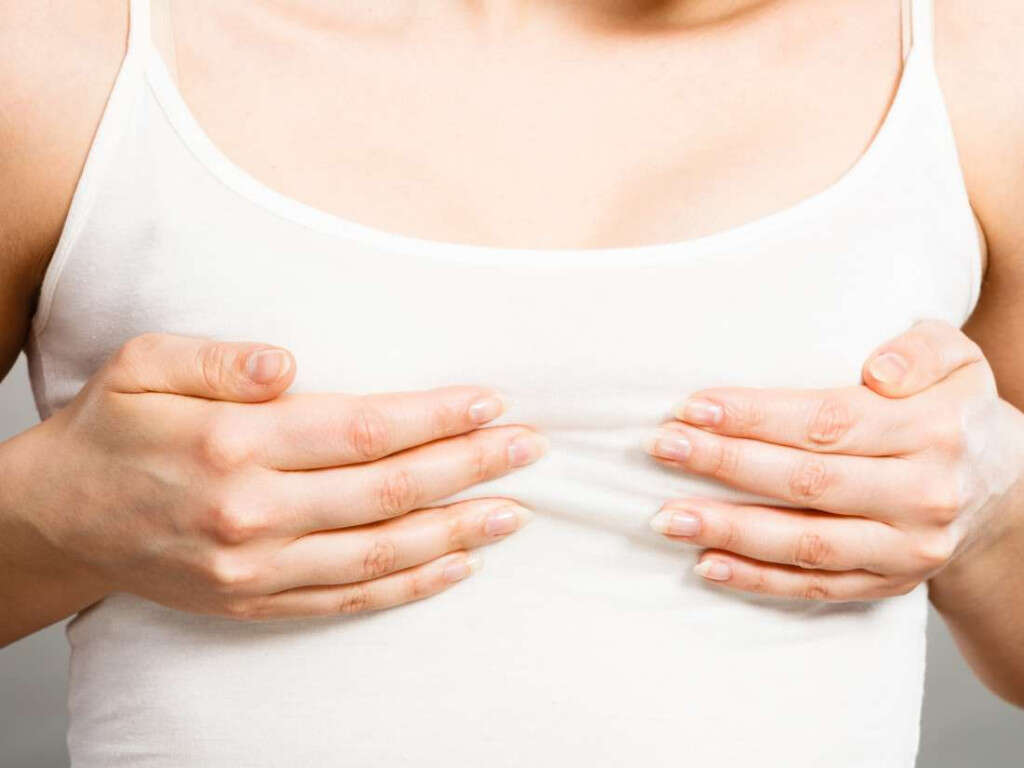
Symptom #2: Tenderness in the Breast
Another thing that patients with mastitis tend to notice is tenderness in the breast. Tenderness is a bit different than pain, primarily because it does not usually bother a person unless the affected area is having pressure applied to it.
Tenderness is a feeling of extreme sensitivity and possible discomfort that occurs when the affected area is touched or pressurized. Tenderness is most apparent when breastfeeding, putting on clothes, engaging in physical activity, or having sex.
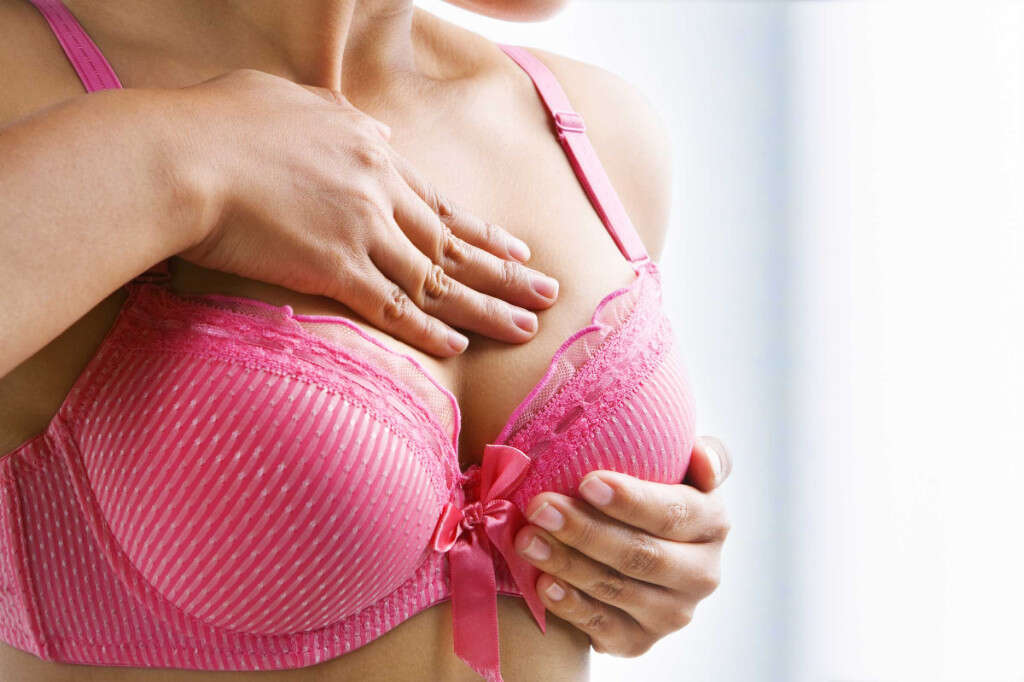
Symptom #3: Swollen Breasts
One of the more visible symptoms associated with mastitis is swelling of the breasts.
This can be due to general engorgement of milk within the breasts, a clogged milk duct, or infection.

Symptom #4: Temperature Changes
Another thing that people may notice when they are struggling with mastitis is that their breasts become very warm or hot to the touch. This can be an indication that the immune system is at work and trying to eliminate any harmful bacteria that may be affecting the milk duct.
This symptom tends to occur alongside swelling and other symptoms of inflammation, since both inflammation and temperature changes are immune responses that make it easier for the body to ward off various forms of bacterial and viral infections.

Symptom #5: Red Skin
Many women with mastitis notice that the skin around their mammary glands tends to change color. The most common color change is red. This makes sense, considering the most common color change associated with inflammation and bacterial infections is red.
This may at first be alarming, but can also be considered an indication that your immune system is properly working to eliminate the infection.

Symptom #6: Burning
Another of the unpleasant symptoms that many women must deal with when battling mastitis is a burning sensation. This tends to occur in the breast region inside the breast where the affected milk gland is.
This can occur when breastfeeding, but is also known to occur when the woman is not breastfeeding.
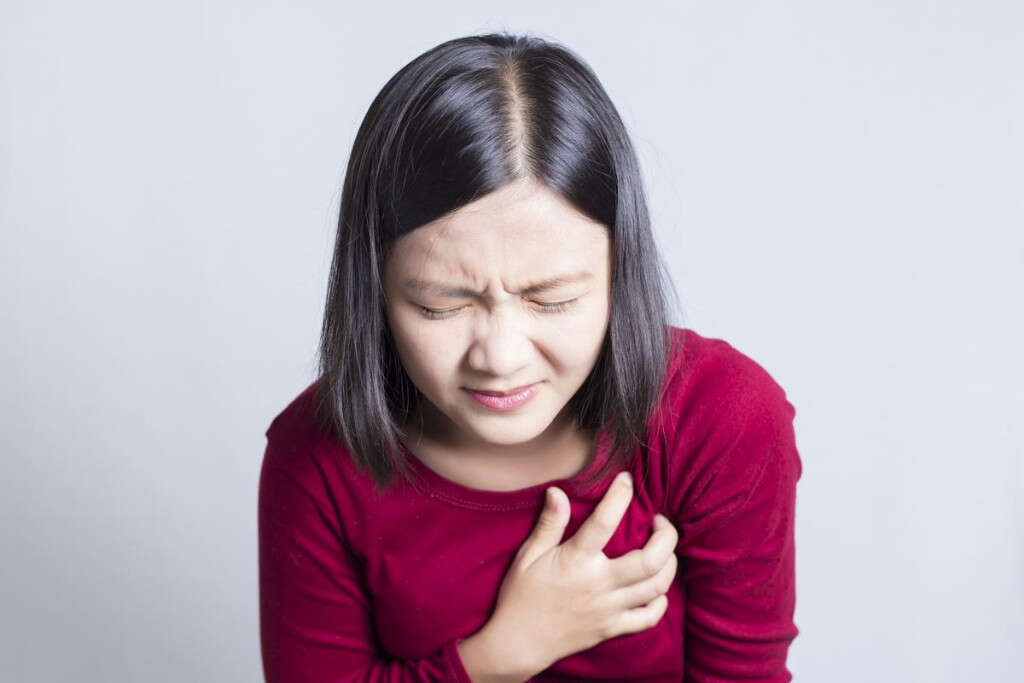
Symptom #7: Fever
Many women who experience mastitis are known to experience relatively high fevers, usually more than 101 degrees Fahrenheit. This is a fairly normal reaction to any form of bacterial infection that becomes serious enough.
This is because the body’s immune system raises its internal temperature as a method to combat the various bacteria and viruses that may enter the body. Many of these organisms aren’t able to survive as easily in higher temperatures, so raising the internal body temperature makes it easier for the immune system to target, attack, and eliminate the various things that can cause infection.

Symptom #8: Chills
Chills are another symptom that can occur in women who are struggling with mastitis. Chills are when a person may feel extremely cold, even to the point of shivering, regardless of how warm it is in the area.
Chills often accompany a fever and are a sign that the body’s internal temperature is not what it usually is. The body attempts to compensate by causing chills. One of the easiest ways to combat this is to layer up or wear a blanket. Drinking hot liquids can also help.

Symptom #9: Fatigue
Fatigue is another symptom that generally affects people who are struggling with bacterial infections.
The body requires a good deal of energy to ward off a bacterial infection, so women with mastitis generally won’t have as much energy available for performing daily tasks when their immune system is working off the infection.

Symptom #10: Wedge-Shaped Patterns
One of the more interesting symptoms of mastitis is the wedge-shaped patterns that can emerge on the skin of the breast.
These wedge-shaped patterns are usually small sections of skin that become red and tender. This is an indication of a problem underneath the skin, and will return to normal after the mastitis has passed.
